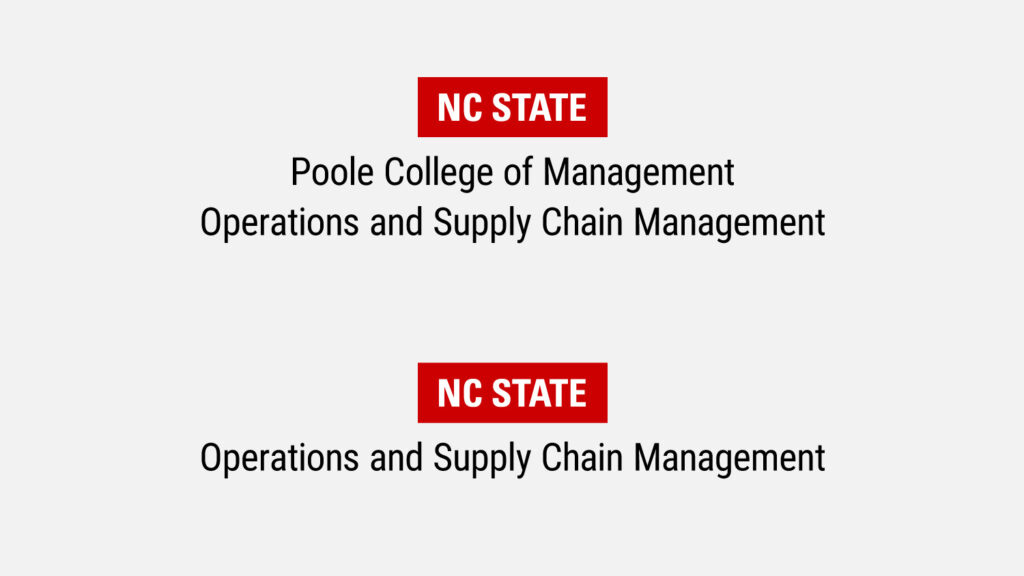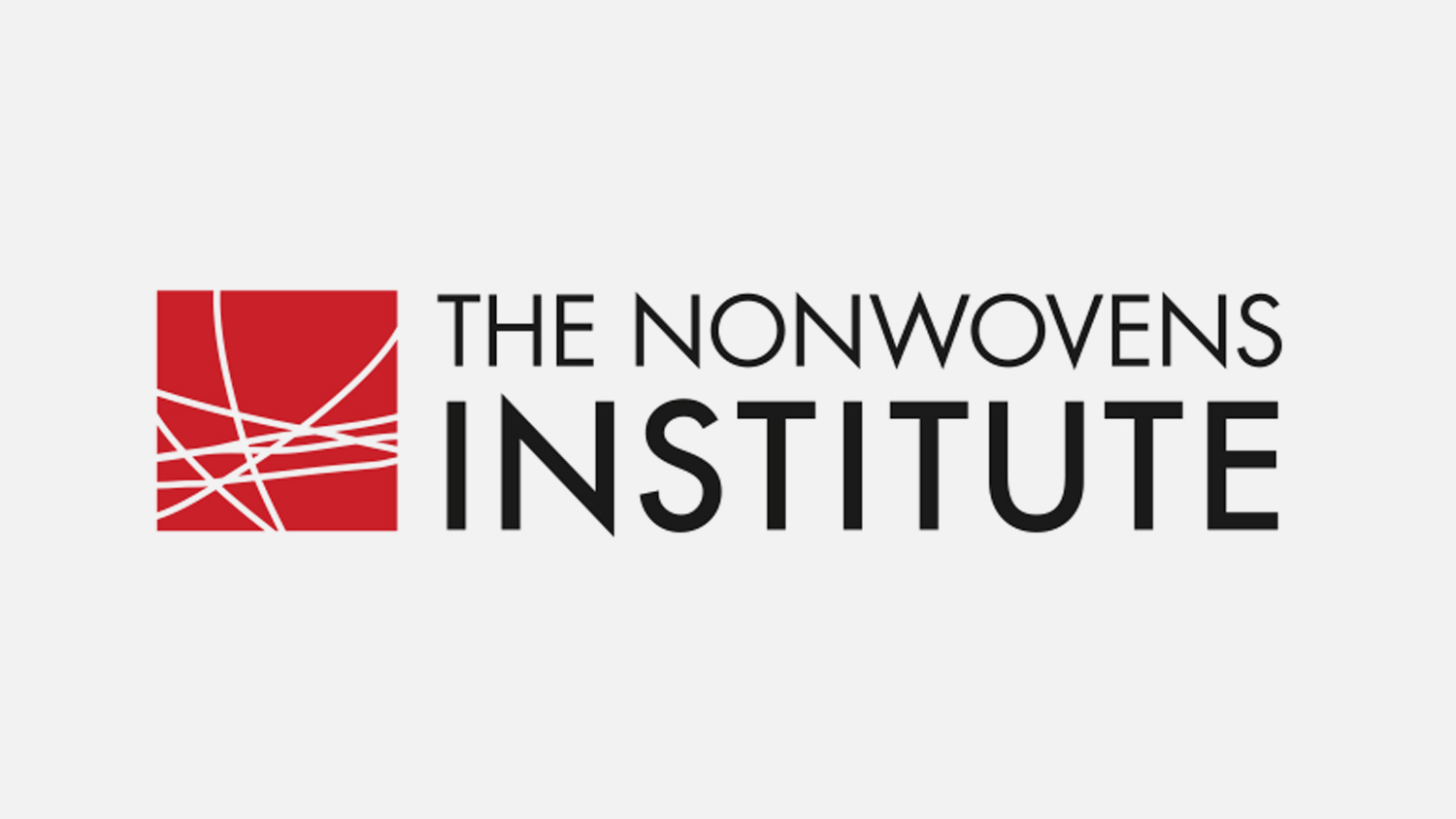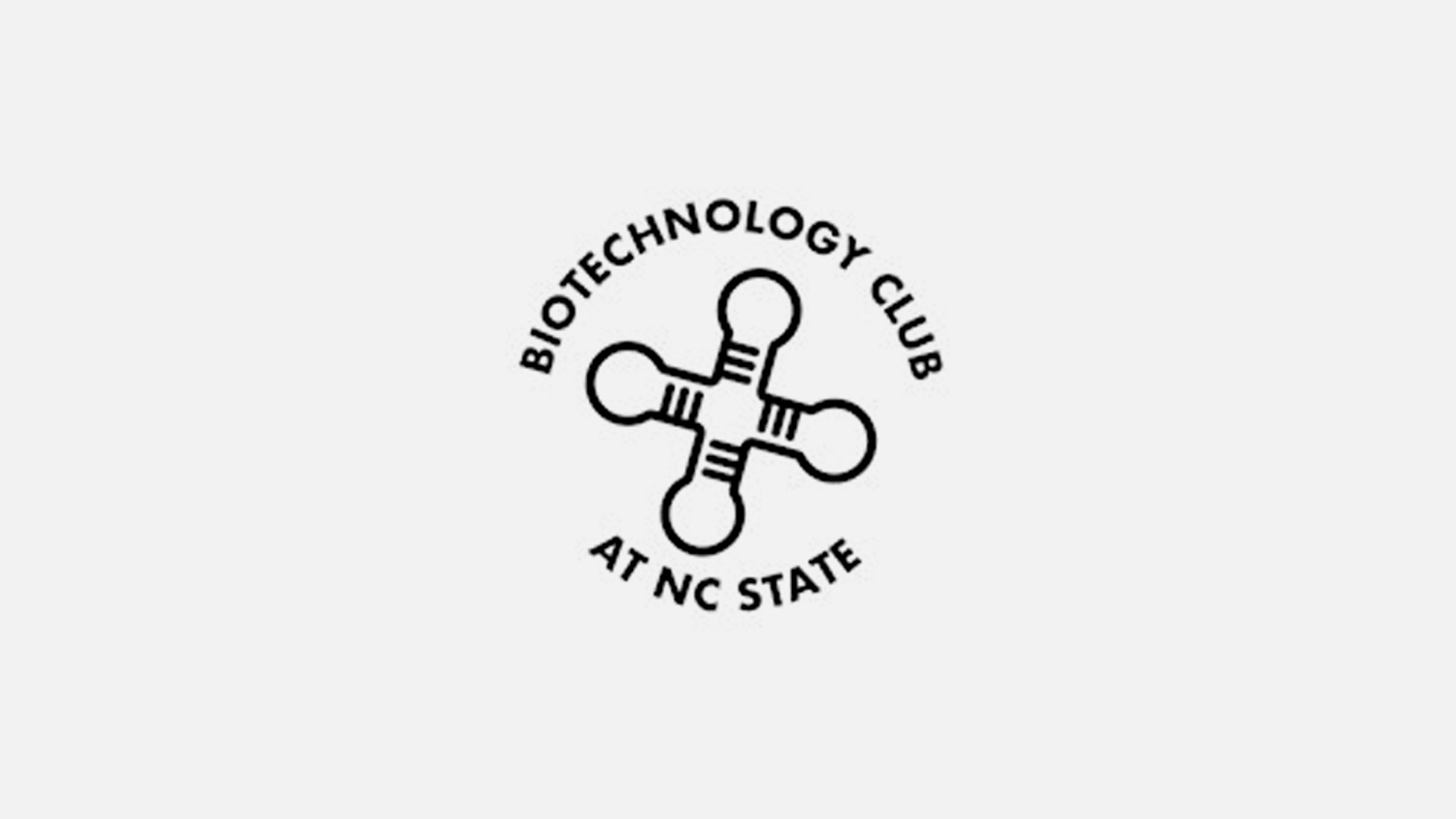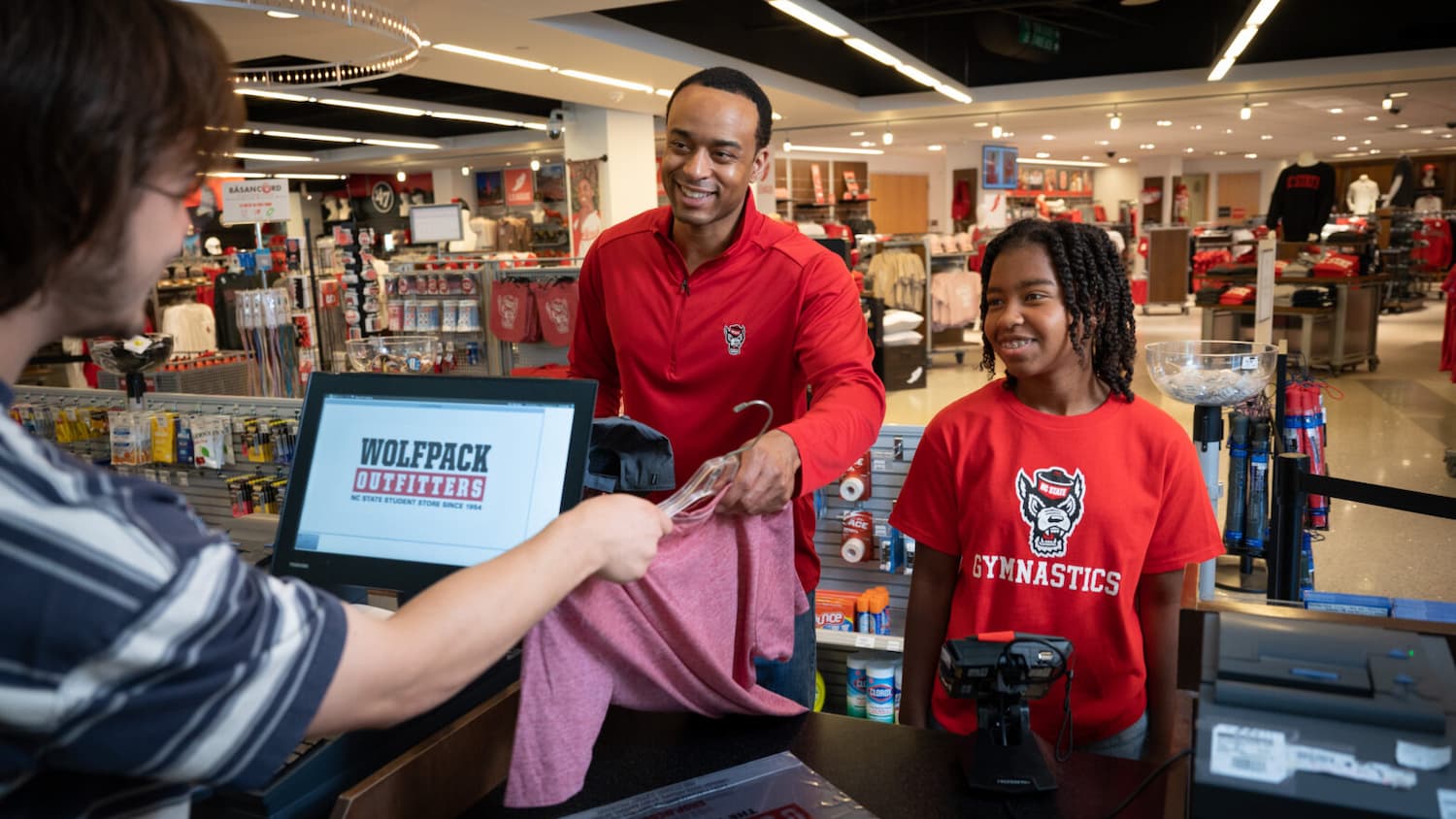Brand Architecture
All units at NC State have a role to play in expressing our brand, determined by their place in our brand architecture.
Categories
A Unified Wolfpack
NC State’s brand architecture details the responsibilities of all units to the overarching brand. It clarifies where those units live within the brand, what branding rules they are required to follow and how they contribute to the university’s overall identity.
The guidance below empowers every unit at the university to establish and maintain a leadership position within its unique environment while still paying homage to the greater brand.
Every NC State unit is also required to follow the policies, regulations and rules governing the use and protection of NC State’s brand and related assets, including logos and marks. For more information, visit Trademark Licensing.
NC State’s brand architecture has five hierarchical categories, detailed below. In every case, the university’s chief communications and marketing officer ultimately determines a unit or entity’s brand categorization.
1. Core Brand
The core brand is the foundation of NC State’s institutional reputation. It consistently expresses our university’s brand promise, pillars and personality, and it drives the market positioning of every university unit.
Unless otherwise identified below, all academic and support units that serve the university’s core mission live within NC State’s core brand. They must use the NC State brick logo and express the brand through the appropriate use of color, design conventions, imagery, logos and marks and typography.
Core brand units may add typographical unit identifiers to the NC State logo, but they must do so consistently, following the examples below. Unit identifiers should use title case. Avoid using acronyms or initialisms.
It is acceptable to forego “College of,” “Department of,” “Division of” or “Office of,” especially in cases where space is limited, but consider whether this will hinder recognition of your unit.
Adobe templates with standard NC State logo and type formats can be obtained by contacting ncstatebrand@ncsu.edu.
Examples: colleges, academic departments, Undergraduate Admissions, University Communications and Marketing, and department-supported student groups


2. Extended Brands
A defining aspect of NC State’s brand is our strength in partnering with public, private and nonprofit entities, including other educational institutions. To embrace and enhance these partnerships, the university maintains the category of extended brands.
Extended brands are granted to units that are attached to NC State and serve its core mission but that receive significant extrinsic support. “Significant extrinsic support” is defined as the provision of essential funding, staffing, facilities, business operations or other material aid from outside the university.
The Nonwovens Institute is an example of an extended brand. Established as a cooperative research center via grants, The Nonwovens Institute today receives significant support in the form of membership dues from private companies.
- Extended brands must use the NC State brick logo and express the NC State brand.
- Extended brands may co-brand with other entities but must not combine or muddy their respective brand identities. Third-party logos must appear apart from NC State logos or marks with no risk of visual association, ideally with a separator.
- NC State’s chief communications and marketing officer may permit the development of unique marks for extended brands when they determine that doing so will serve both the extended brand and the university.
Examples: NC State Extension, Center for Human Health and the Environment, The Nonwovens Institute


3. Satellite Brands
While maintaining close linkages or proximity to the NC State brand, satellite brands have distinct brand identities. They tend to be products or services that cater to nonuniversity audiences or that require a unique market positioning to be successful.
Like extended brands, satellite brands receive significant extrinsic support, defined as the provision of essential funding, staffing, facilities, business operations or other material aid from outside the university. Crucially, satellite brands are entities whose basic missions may be distinct from NC State’s core mission.
Howling Cow is an example of a satellite brand. While it is made on campus — and complements the university’s core mission through teaching and research — it significantly supports its own operations through product sales.
- Satellite brands do not have to use the NC State brick logo at all times.
- Satellite brands may co-brand with other entities but must not combine or muddy their respective brand identities. Third-party logos must appear apart from NC State logos or marks with no risk of visual association, ideally with a separator.
- NC State’s chief communications and marketing officer may permit the development of unique marks or brand identities for satellite brands when they determine that doing so will serve both the satellite brand and the university.
- Satellite brands should be broadly congruent with the core brand.
Examples: Athletics, Howling Cow, NC State Veterinary Hospital


4. Initiatives, Campaigns, Events
NC State units are permitted to create distinct brand identities for some initiatives, campaigns and events. All such brand identities must be approved by the university’s chief communications and marketing officer. If the initiative, campaign or event will reoccur, approval must be sought at least once per year.
An initiative, campaign or event brand identity should express or be broadly congruent with the NC State brand. The further a distinct brand identity strays from the design rules and guidance on this website, the less likely it is to be approved.
Examples: college anniversary events, Day of Giving, Red and White Week, Wolfpack Women in Philanthropy Symposium


5. Student Groups
Officially recognized student organizations at NC State may create their own distinct brand identities that do not have to express the NC State brand. To be officially recognized, a student group must register with the Student Organization Education and Management team.
- Student groups cannot use, alter or recreate protected university logos or other brand assets. For more guidance, visit Trademark Licensing.
- Student groups should never represent themselves as units of NC State. To distinguish a group from the university and its units, we recommend appending words or phrases like “Club,” “Student Chapter,” or “at NC State.”
- If a student group supports or is closely tied to an NC State college or department, it lives within the core brand and should use the NC State brick logo.


Graphic and Text Elements
Academic colleges, departments and programs are not permitted to create distinct brand identities. They can, however, make use of graphic elements or symbols within a design. In every case, these must appear apart from the NC State brick logo and unit identifiers, with no risk of visual association.
If an academic unit wishes to use a text version of its name as a graphic element within a design, this may be permitted on a case-by-case basis. The NC State brick logo and unit identifiers should also appear in the design with no risk of visual association.
If a design does not have sufficient space to include graphic or text elements and an identifying logo, the latter takes precedence. One potential exception is when using the circle wolf graphic element, which has its own guidelines.


Light Pole Banners
University Communications and Marketing oversees and approves all NC State campus light pole banners and their content, but other NC State units can request the installation of temporary light pole banners in some cases. Consult our light pole banner guidelines to learn more.


